
There’s a lot of great mountain biking around Lake Tahoe, from the scenic views of the Tahoe Rim Trail to the technical juggernaut Mr. Toad’s Wild Ride. While the dirt composition varies throughout the Lake Tahoe Basin, one type of terrain you won’t find is slickrock… until the Lily Lake Trail opened in 2021, that is.
On paper, Lily Lake appears insignificant in the roster of the hundreds of miles of singletrack in the region — a short two-mile descent connecting Angora Ridge and Lily Lake, 800 feet below. It’s when you begin to zoom in on the details that you truly understand its significance.
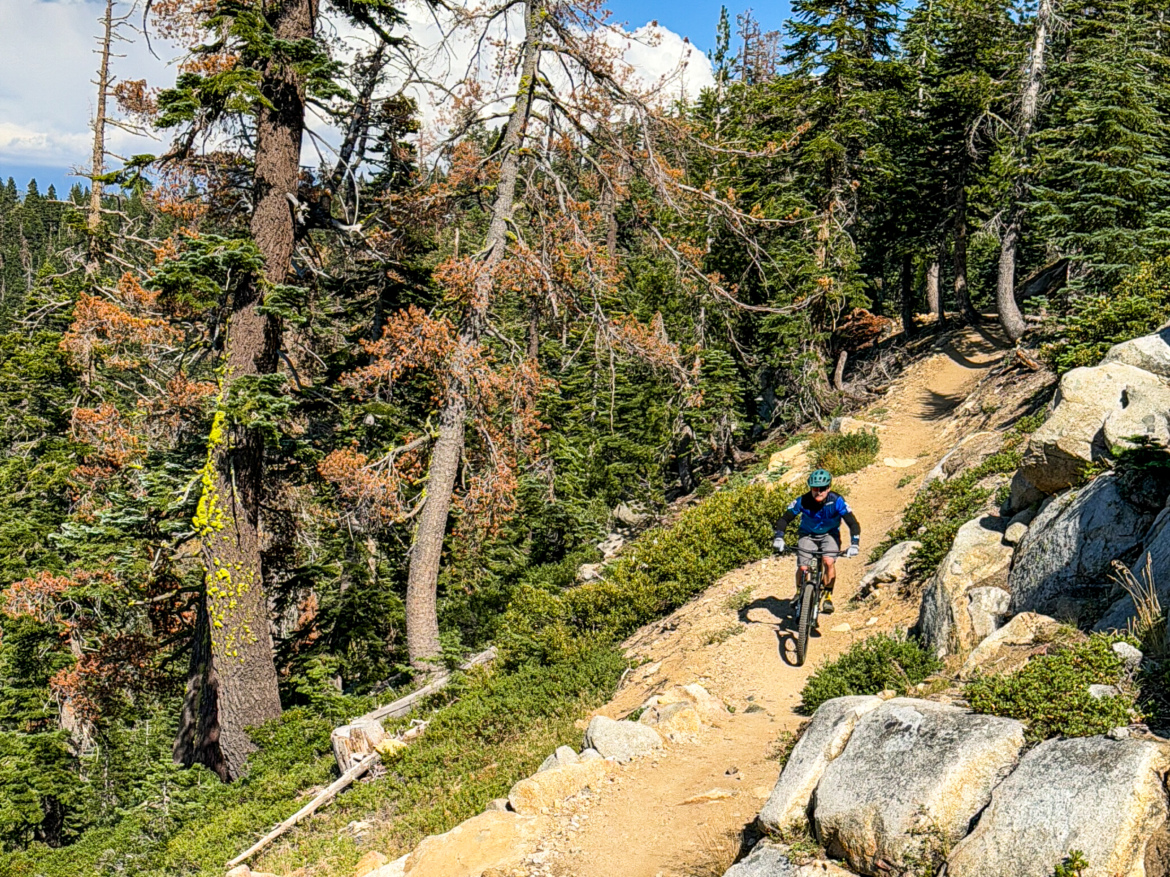
A snapshot of the Lily Lake Trail.
Like many other Lake Tahoe singletrack gems, this trail begins in a tranquil setting under a tall pine forest canopy. After a quick, punchy climb, it descends fast, following a steep slope with glimpses of Fallen Leaf Lake to your right. Then, out of nowhere, a right switchback reveals Fallen Leaf and the mighty Lake Tahoe behind it. Tiny vessels on the lake highlight just how high you are and how massive the water is.
The trail transitions to a clay-like surface featuring small rock formations — an introduction to more technical terrain ahead. As you continue to descend, rock features become more pronounced, with roll-overs and well-placed rock-encrusted switchbacks leading you down the steep slope. The pinnacle of the trail is a 500-foot-long scree field with a narrow slate path winding through it like a roller coaster sidewalk.
After that, the challenge intensifies as you navigate slickrock-like slabs. This section features technical climbs and off-pitch, sticky rock descents, followed by a winding, spicy finish that will test your skills and vision.




Why was it so challenging to build?
Planning and getting feedback from the community is usually the most time-consuming part of bringing a new trail online in the Lake Tahoe Basin. But for Lily Lake, it could be argued that the construction phase was the most difficult. To create this Da Vinci of stone, it took more than 4,000 volunteer hours and four years of three-day-a-week efforts by Scott Brown, the lead architect for TAMBA, and his partner in crime, Tim Holdener, along with dozens of volunteers.
The question is: why did it take so long for the trail to open? What makes it so special is also what made it a challenge to build.
First, it’s located on a steep slope filled with several large sections of rock talus. Second, the construction guidelines were to create a trail as smooth as possible so it could be ridden in both directions. This combination on Forest Service land meant heavy lifting — literally. Nine tons of rock were removed from the trail, and roughly three tons were rearranged by hand into pathways that would impress even a stonemason. Alongside the volunteers’ hard work, the most technical segments, such as the inlaid rocky turns, were outsourced to American Conservation Experience.
The result is a trail that features terrain not seen before in Lake Tahoe. While the term “slickrock” technically refers to bare, exposed sandstone, early settlers used it to describe stone surfaces that were difficult for their metal-shoed horses and metal-rimmed wheels to gain traction on. Lily Lake features stone with similar characteristics to slickrock. Another unique feature in the area is its iconic 500-foot stretch that crosses a massive scree field. From a distance, it looks impossible to navigate, but as you approach, you realize it’s one long, narrow mosaic of slate-like rock carefully placed to allow a smooth ride through it.
While Lake Tahoe’s singletrack is known for its jaw-dropping vistas, Lily Lake’s provides a unique perspective of Fallen Leaf Lake and the mighty Lake Tahoe behind it from a 70-foot cliff.

Respect the neighborhood.
Although you’ll feel like you’re in the wilderness when riding the trail, one of the reasons Lily Lake was built was to serve as a vital connection for the Fallen Leaf community and the Angora Ridge trail system. If you do decide to hit Lily Lake, be sure to bring your best mountain manners. This is a popular, multi-user, multi-directional trail, which means you’ll encounter hikers, mountain bikers climbing, and equestrians.
As Drew Bray, Executive Director of TAMBA, put it, “while someone else’s idea of fun might be different, everyone’s goal is to get out and have a good time.”
You may want to blast down at high speeds, but there are many sections where you won’t see a person until you’re upon them.
And for those wondering, as you may have read earlier, the Lake Tahoe Basin Management Unit is planning to open certain singletrack to e-bikes to provide more trail connectivity. Lily Lake will not be one of them. If you wish to enjoy this trail, it will have to be 100% human-powered.


When to visit
While the greater Tahoe Mountain network in South Lake Tahoe, of which Lily Lake is a part, features sun-soaked, south-facing trails with great early- and late-season options for those dirt-thirsty folk, Lily Lake sits on a north-facing slope. It is usually rideable from late June through the first significant snowfall, typically occurring around November.





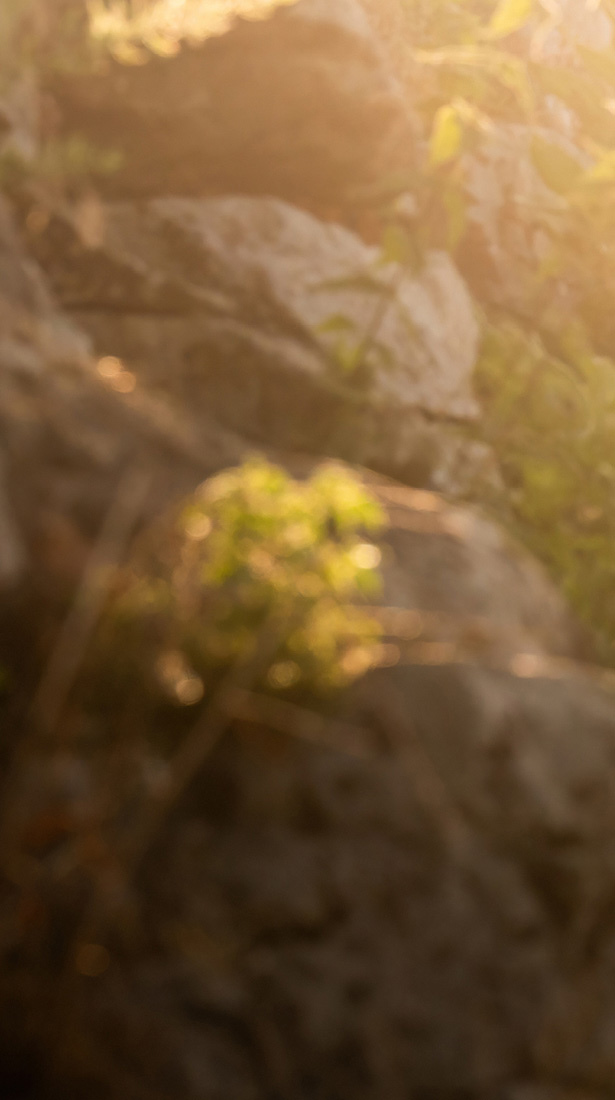
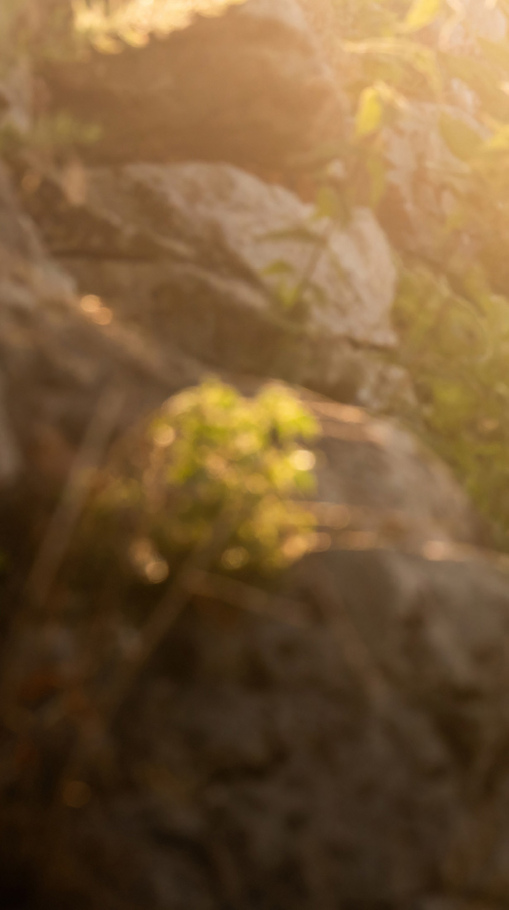
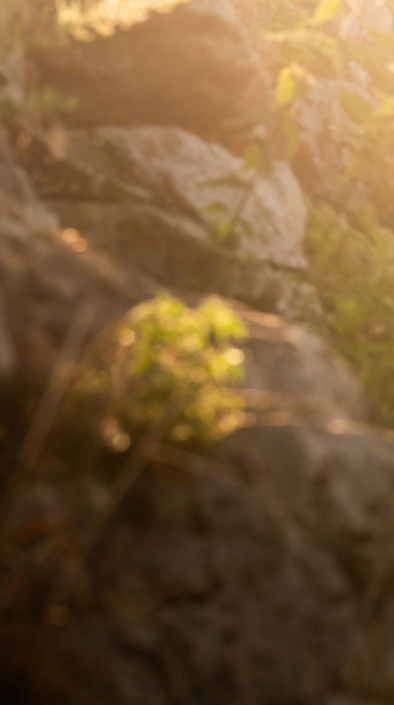
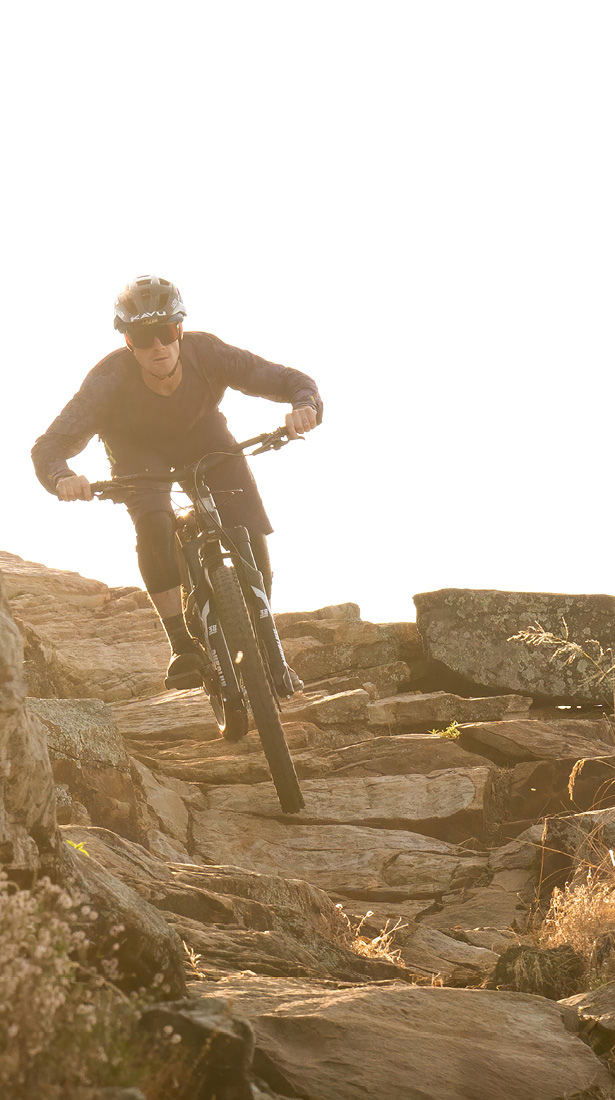
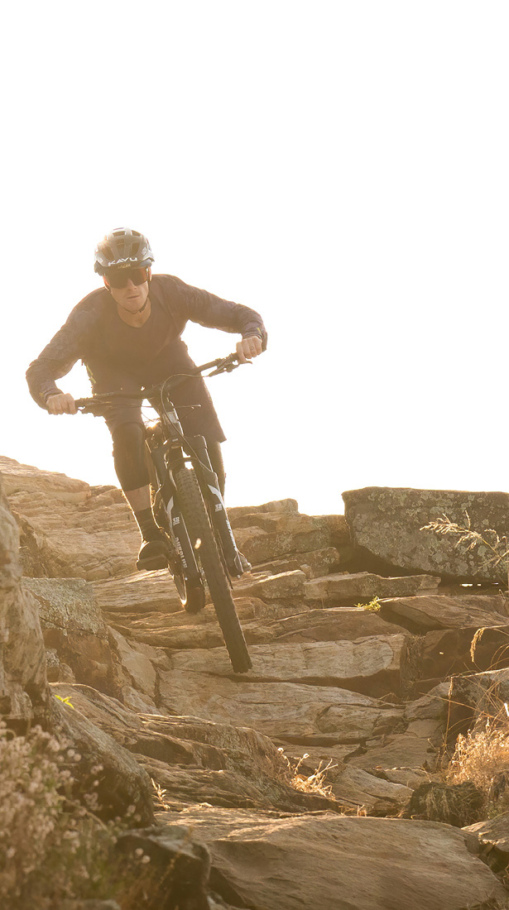




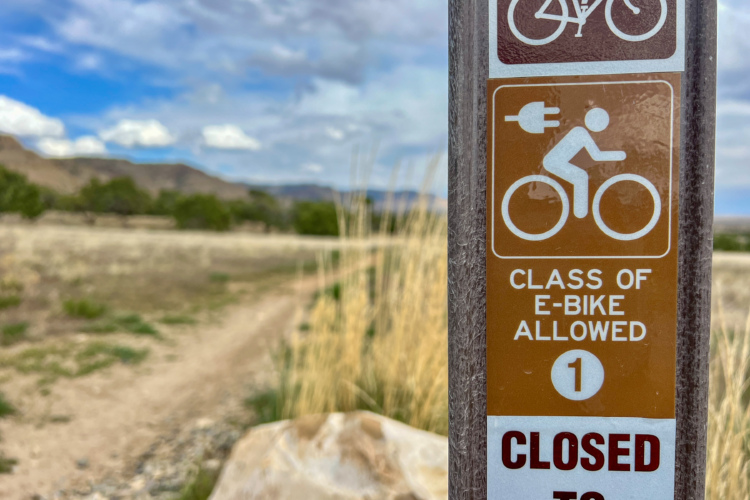

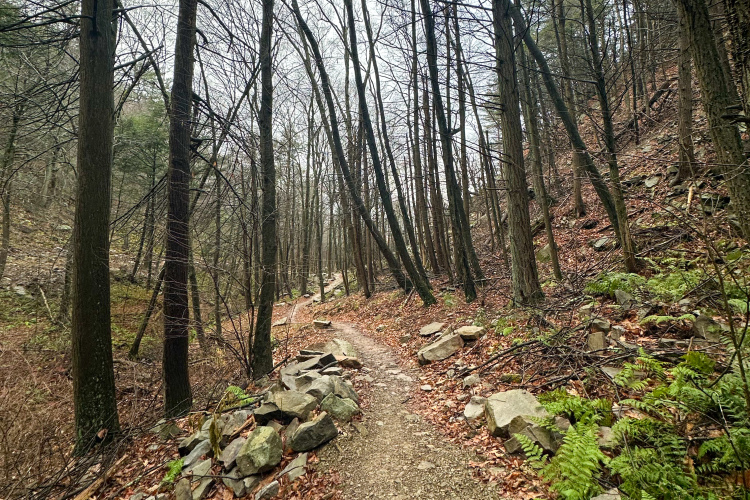


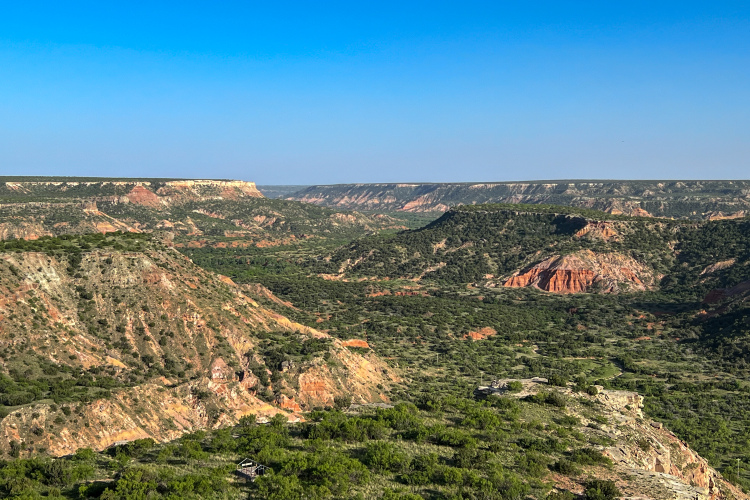

2 Comments
Mar 30, 2025
Dec 11, 2024